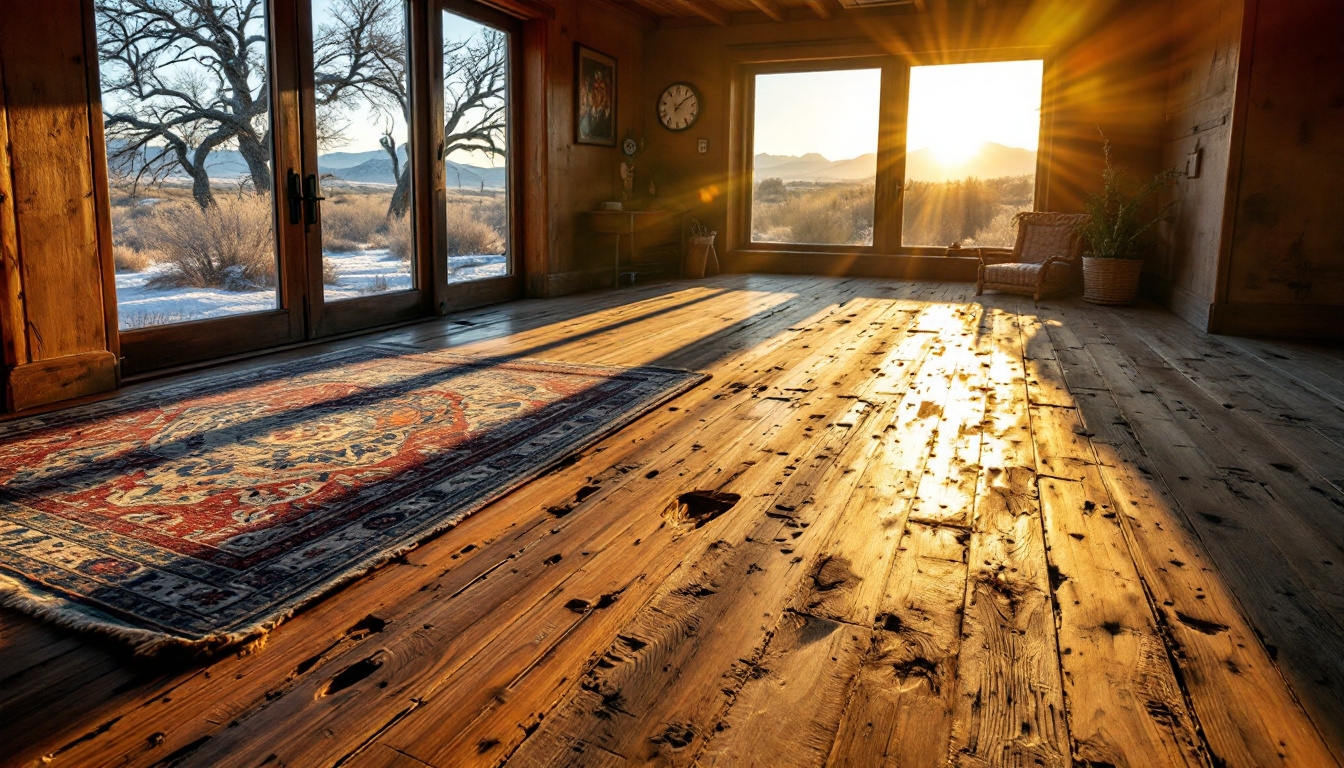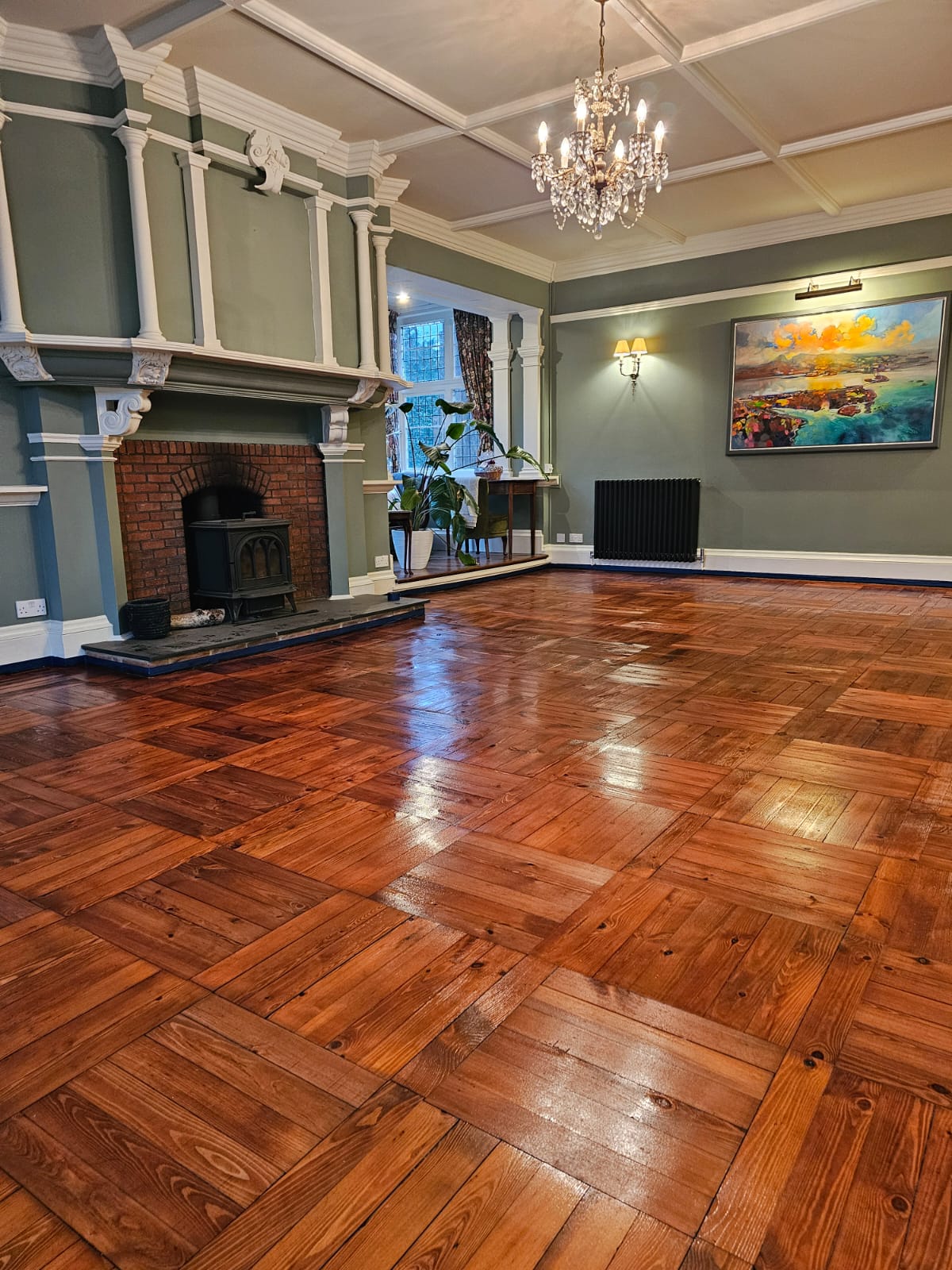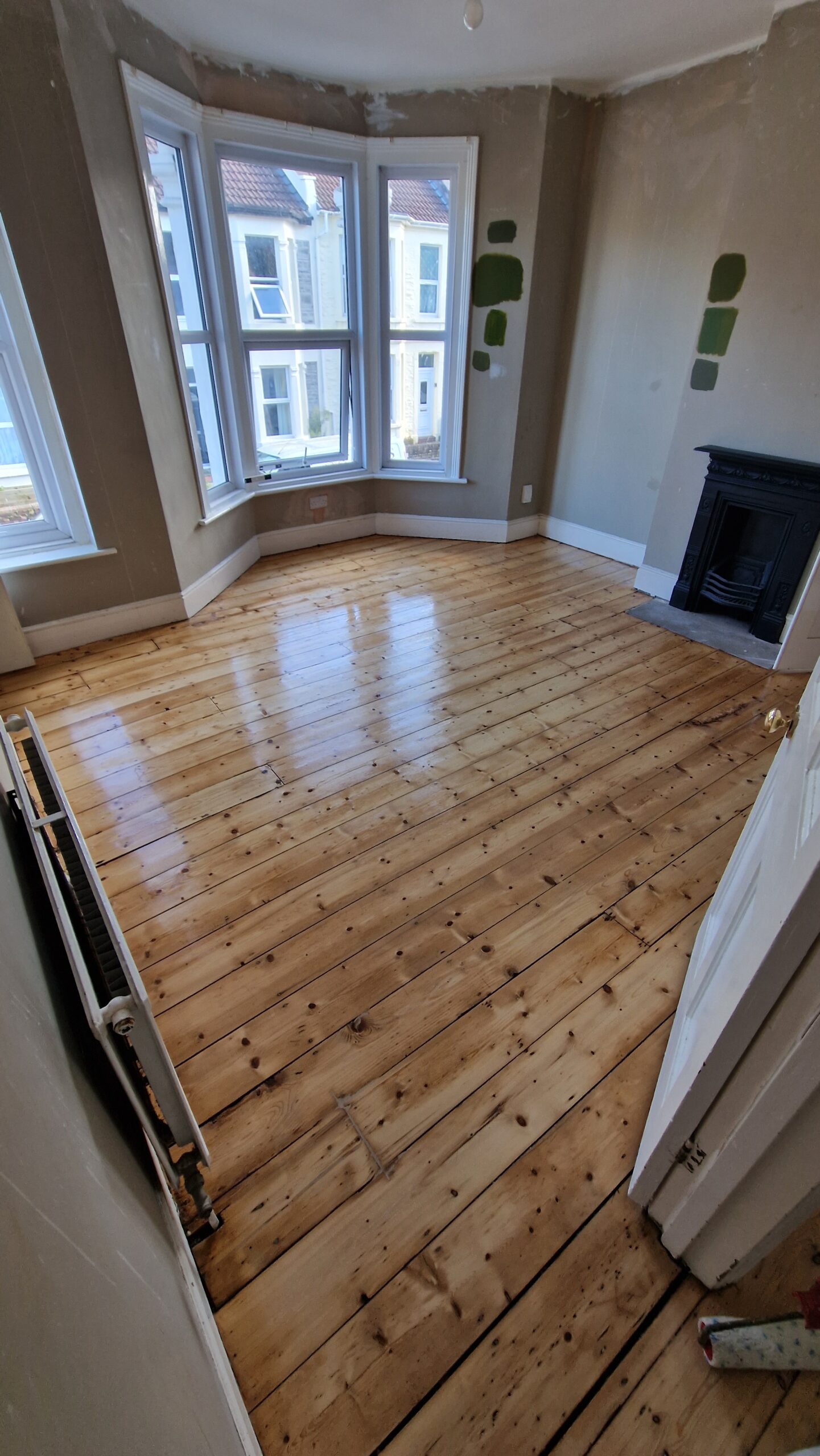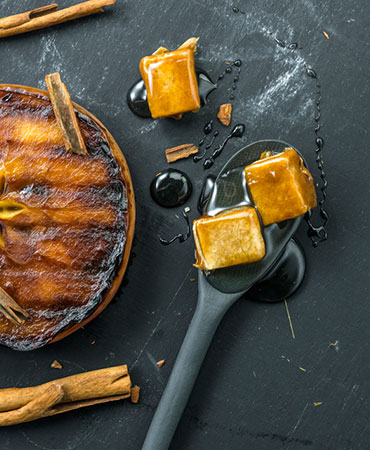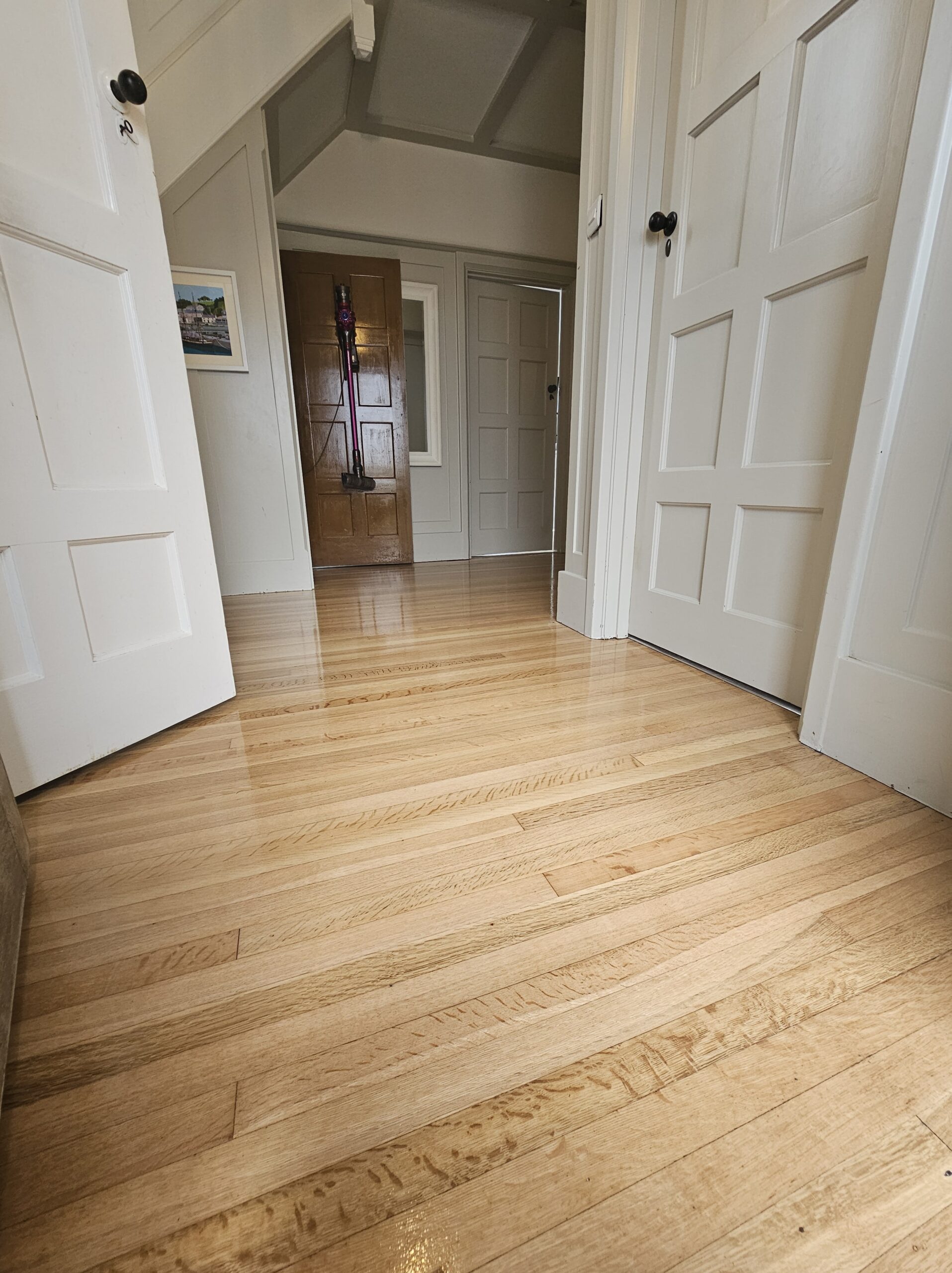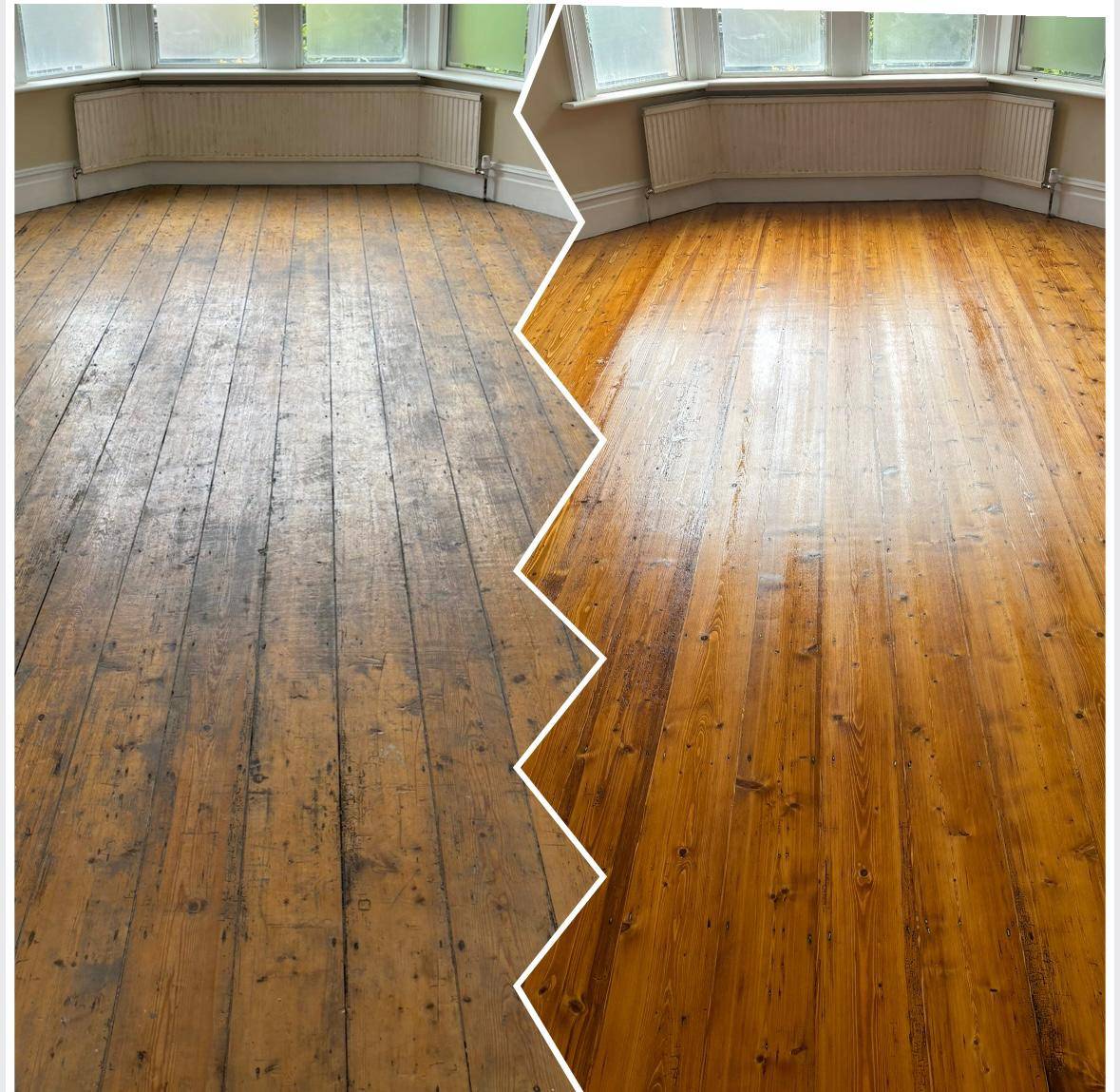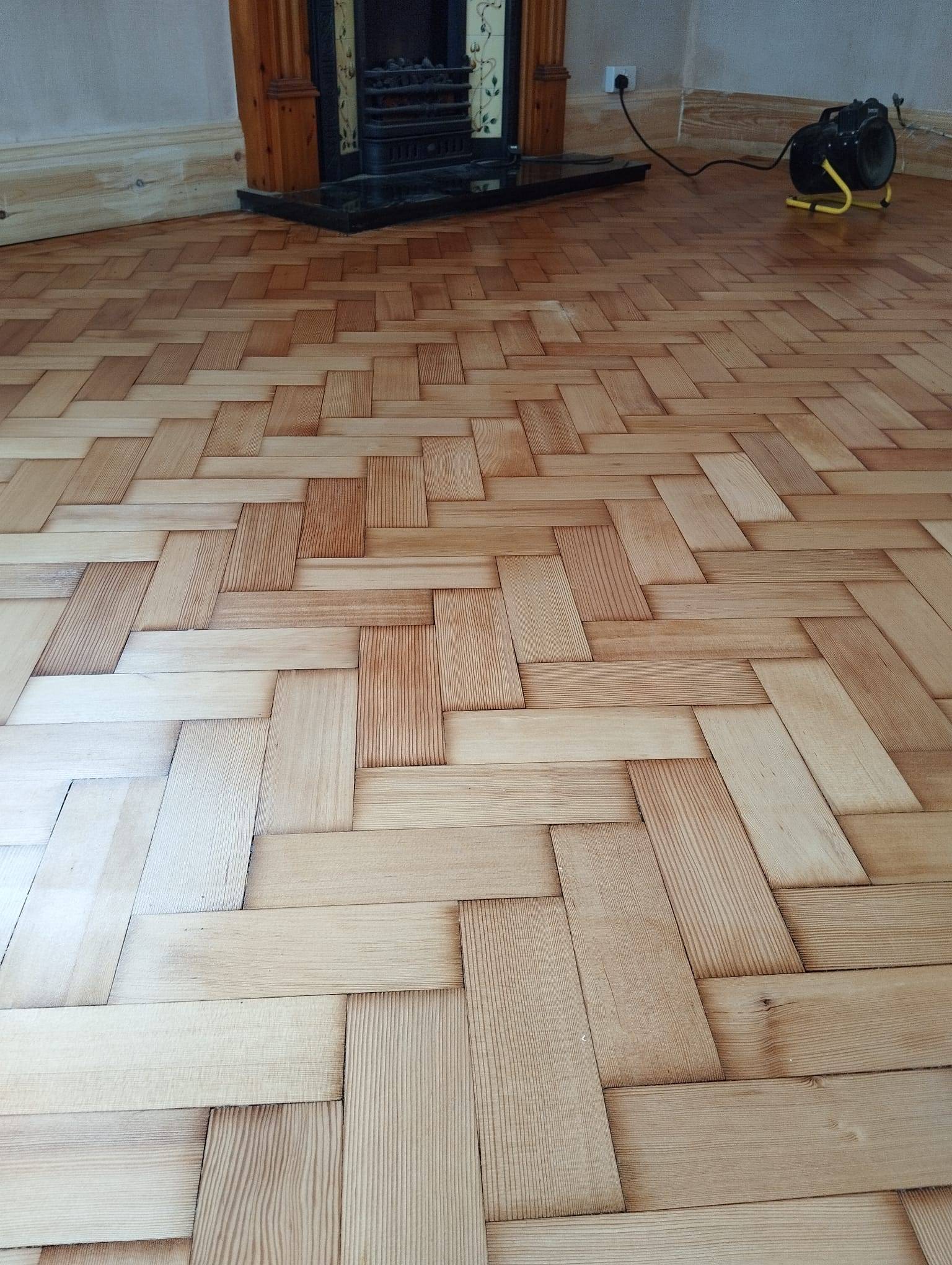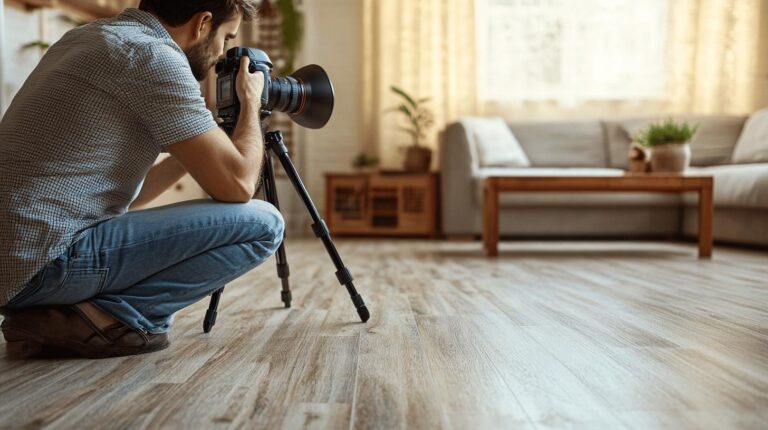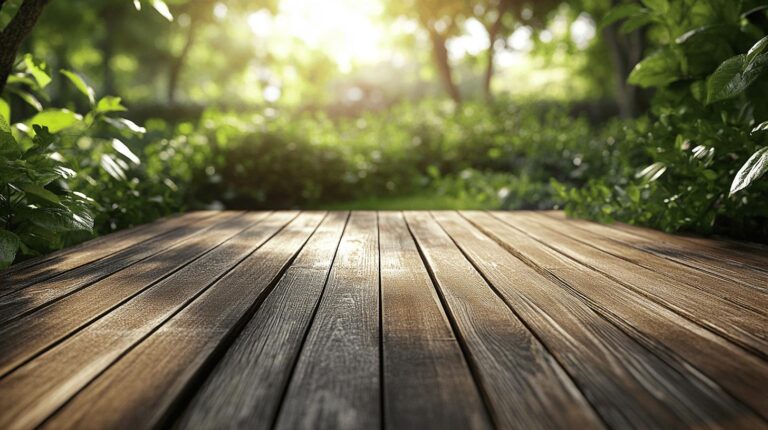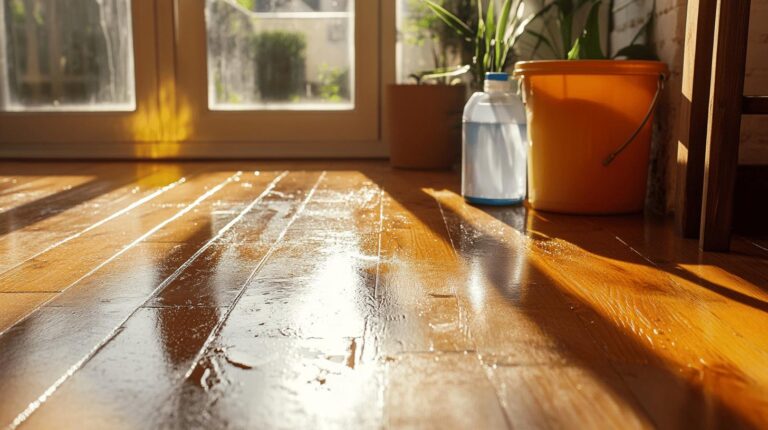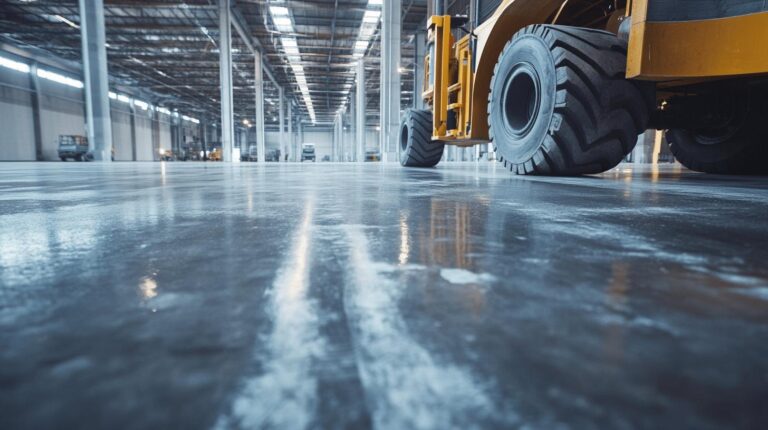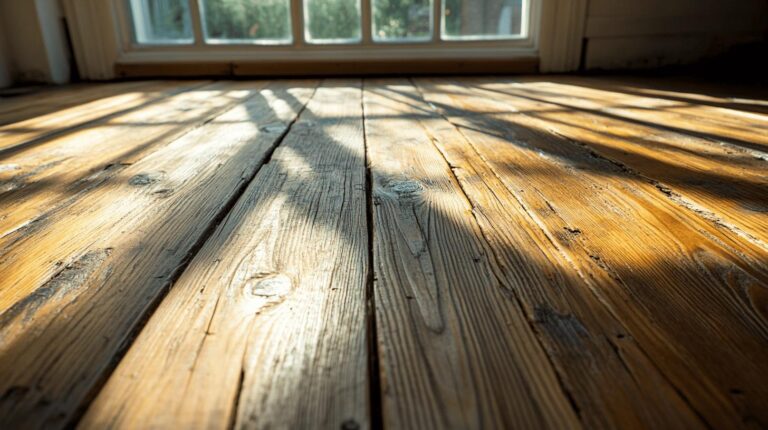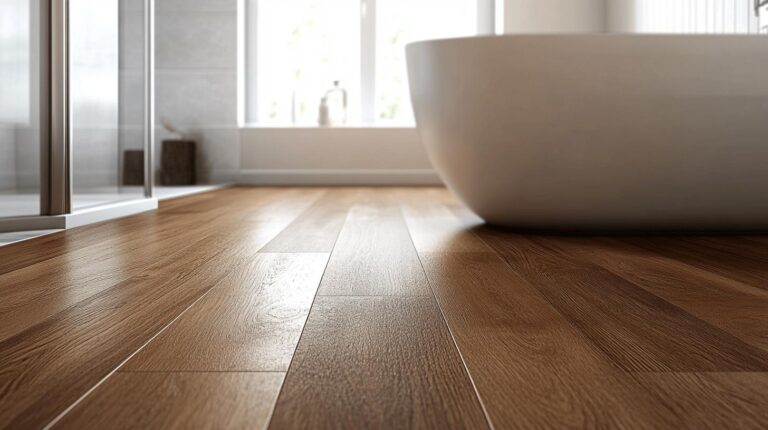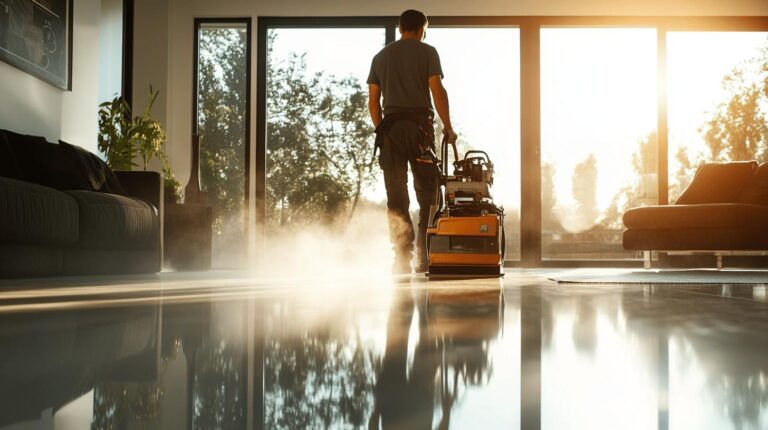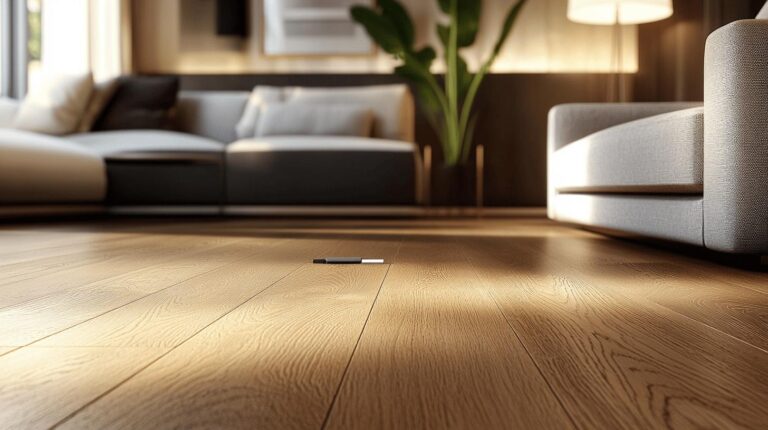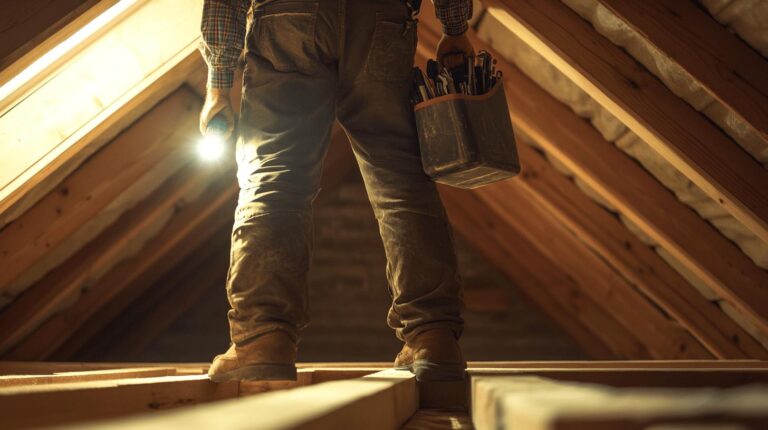As winter approaches, are your wood floors truly prepared for the harsh demands of South West weather? In a region known for its dry yet cold climate, much like a camel’s endurance, one’s home environment must be resilient against seasonal changes. These conditions can wreak havoc on your beautiful wood floors, leading to potential moisture damage and cracking. In this guide, discover essential wood floor restoration techniques to winter-proof your floors, optimise their longevity, and maintain their aesthetic appeal. Learn how expert strategies from Ryan’s Restoration can safeguard your investment, ensuring a warm and inviting home all winter long.
Understanding South West Weather and Its Impact on Wood Floors
The Southwestern United States is characterised by its dry yet cold winters, where temperatures can fluctuate significantly between day and night. This climatic pattern poses unique challenges for wood floors, as the combination of dry air and temperature variations can lead to various forms of wear and tear. The lack of humidity often causes wood to lose moisture, resulting in shrinkage. This can be particularly problematic for homeowners with wooden floors, as the boards may contract, leaving unsightly gaps and potentially affecting the floor’s structural integrity. Additionally, the cold temperatures can exacerbate these issues, leading to an increased risk of cracking and other forms of damage.
These environmental conditions require specific strategies to maintain the appearance and durability of wood floors in the region. The dry climate can lead to several issues that must be managed effectively to prevent long-term damage.
- Cracking due to low humidity levels
- Warping from temperature fluctuations
- Moisture damage when unexpected humidity occurs
- Changes in temperature affecting floorboards’ expansion and contraction
Effective Moisture Protection Strategies for Wood Floors
Moisture protection is crucial for preserving wood floors, especially during the dry yet cold winters typical of the Southwestern United States. These conditions can lead to moisture damage, affecting the structural integrity and appearance of wooden flooring. Protecting against such elements is essential to ensure the long-term durability of your floors.
Sealants and finishes play a significant role in safeguarding wood floors from moisture. Professional wood floor sealing with high-quality sealants like polyurethane or water-based finishes creates a protective barrier that resists moisture penetration and mitigates the effects of temperature fluctuations. Polyurethane is particularly beneficial due to its robust durability and resistance to water. When applying finishes, ensure even coating and allow sufficient drying time for optimal protection. Regularly reapplying these finishes as part of routine maintenance can significantly enhance the longevity of your floors, keeping them resilient against environmental stressors.
Practical measures such as maintaining indoor humidity levels can further prevent moisture-related issues. Using a humidifier to keep humidity between 30-50% is ideal, as it helps maintain the wood’s natural moisture balance, reducing the risk of cracking and warping. Additionally, monitoring humidity levels with a hygrometer can provide insights into necessary adjustments. Simple practices like promptly cleaning spills and using absorbent mats at entryways can also prevent moisture buildup, ensuring your wood floors remain in pristine condition throughout the winter months.
Maintaining Proper Humidity Levels for Wood Floor Longevity
Low humidity during the winter months can cause significant issues for wood floors, such as cracking and warping. Wood is a natural material that expands and contracts with changes in moisture content. When the air is too dry, wood loses moisture, leading to shrinkage and potential gaps between floorboards. This not only affects the aesthetic appearance of the floors but can also compromise their structural integrity over time. Moreover, low humidity can exacerbate existing damage, making it vital to control indoor moisture levels to preserve the condition of wooden flooring.
To maintain optimal humidity levels, it is recommended to use a humidifier to keep the indoor environment between 30-50% humidity. This range is ideal for preventing the wood from losing or gaining excessive moisture, thereby minimising the risk of damage. Regularly monitoring humidity with a hygrometer can help ensure conditions remain stable. Additionally, placing indoor plants can naturally increase humidity levels, contributing to a balanced environment. Implementing these measures helps maintain the natural state of wood floors, ensuring their longevity and keeping them beautiful and resilient throughout the winter.
Cleaning Techniques for Protecting Wood Floors During Winter
Regular cleaning and wood floor polishing are essential for maintaining the appearance and longevity of wood floors during the winter months. The presence of snow, mud, and salt can lead to dirt buildup and scratches if not addressed promptly. Daily sweeping or vacuuming with a device specifically designed for hardwood floors can effectively remove these particles, preventing them from embedding into the wood surface. Consistent cleaning routines not only preserve the aesthetic appeal of the floors but also protect them from potential wear and damage.
When selecting cleaning tools and methods, it’s crucial to avoid excessive water, which can cause wood to swell and warp. Opt for a soft-bristled broom or a vacuum with a hardwood floor attachment to gently remove debris. For deeper cleaning, use a damp mop rather than a wet one, ensuring it is only slightly moistened to minimise moisture exposure. It’s important to steer clear of harsh chemicals that might damage the wood’s finish; instead, choose solutions specifically formulated for wood floors, as these are designed to cleanse without stripping the protective layer.
For effective winter cleaning, consider products like pH-neutral wood floor cleaners that are safe for both the wood and its protective finish. These cleaners are designed to tackle grime without causing deterioration. Apply the cleaner with a microfibre mop, which is gentle yet efficient in lifting dirt. Following these cleaning techniques will help maintain the integrity and beauty of wood floors throughout the colder months, ensuring they remain in excellent condition despite the harsh winter elements.
Using Rugs and Other Insulating Accessories for Wood Floors
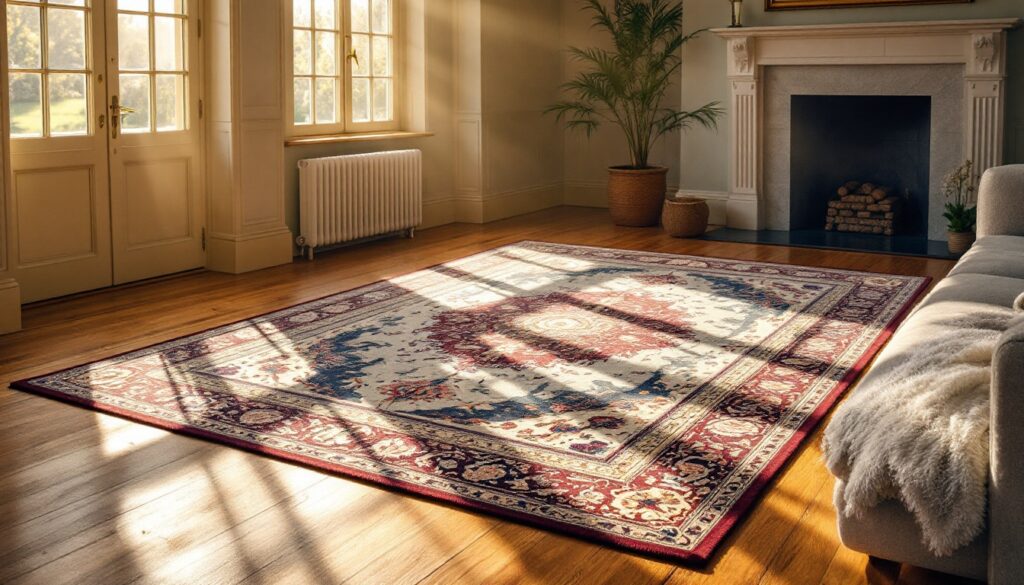
Rugs and runners offer a practical and stylish solution for insulating wood floors. They provide an additional layer of warmth, making indoor spaces more comfortable during the colder months. Moreover, rugs act as a barrier against dirt and moisture, helping to protect the wood surface from potential damage. When selecting rugs, it is essential to choose ones with non-slip backing or use rug pads to secure them in place, preventing accidents and ensuring they remain effective in trapping dirt. Suitable types include wool or synthetic fibre rugs, which are both durable and offer excellent insulation properties.
For those looking to enhance warmth further, installing underfloor heating is an effective choice, particularly for engineered wood or laminate flooring. These types of flooring can accommodate water-based underfloor heating systems, which distribute heat evenly across the surface, providing consistent warmth. However, it is important to note that solid wood floors are not suitable for underfloor heating due to the risk of warping from temperature changes. Proper installation and maintenance of the heating system are crucial to maximise its benefits and ensure the longevity of the wood floors.
- Draft excluders to prevent cold air entry
- Floor mats at entry points to trap moisture
- Door sweeps to minimise heat loss
- Thermal curtains to reduce drafts
- Insulating underlays for added warmth
Expert Tips and Homeowner Testimonials from Ryan’s Restoration
Ryan’s Restoration recommends several expert tips for winter-proofing wood floors, focusing primarily on the strategic placement of area rugs in high-traffic areas. This not only provides an additional layer of protection against wear and tear but also helps in maintaining the floor’s temperature. Consistent maintenance, such as regular cleaning and applying appropriate finishes, is crucial to ensure the longevity of the wood floors. Experts advise using finishes like polyurethane to create a barrier against moisture and temperature fluctuations, thereby preserving the floor’s structural integrity and appearance throughout the winter months.
Homeowners who have adopted these strategies report significant improvements in the condition of their wood floors. Testimonials often highlight the noticeable reduction in wear and the enhanced appearance of the floors due to the use of protective finishes and strategic rug placement. Many have found that maintaining proper humidity levels with humidifiers has greatly reduced issues like cracking and warping. The consistent use of recommended products has proven effective in keeping their wooden floors in pristine condition despite harsh winter conditions.
- Area rugs for high-traffic protection
- Polyurethane finishes for moisture resistance
- Humidifiers for maintaining optimal humidity levels
Final Words
In the dynamic climate of the Southwest, wood floors face challenges from dry yet cold winters. Proper moisture protection is critical, as detailed in our strategies, which include using high-quality sealants and maintaining humidity levels. Regular cleaning and the use of insulating accessories like rugs are foundational practices for safeguarding floors during winter. Expert tips and testimonials from Ryan’s Restoration underscore the effectiveness of these methods. By embracing these insights, Winter-Proofing Your Wood Floors: Essential Tips for South West Weather can effectively enhance the aesthetics and longevity of your home.
FAQ
How to keep a wooden floor warm in winter?
Keeping a wooden floor warm in winter involves using insulating techniques. Rugs and runners are effective options, especially those with non-slip backing. Also, consider installing underfloor heating for additional warmth.
How to make wood flooring warmer?
To make wood flooring warmer, utilise rugs with insulating pads. Also, consider draft excluders and ensure your home maintains proper humidity levels. Humidifiers can help achieve this, preventing cold air from taking over.
Do hardwood floors make your house colder in winter?
Hardwood floors can feel colder in winter but do not necessarily lower house temperature. Insulating with rugs, maintaining proper humidity levels, and using underfloor heating can help mitigate this effect.
How cold is too cold for wood floors?
It is too cold for wood floors when the humidity drops below 30%, increasing the risk of cracking and warping. Maintain indoor humidity between 30-50% with a humidifier to protect the wood.
